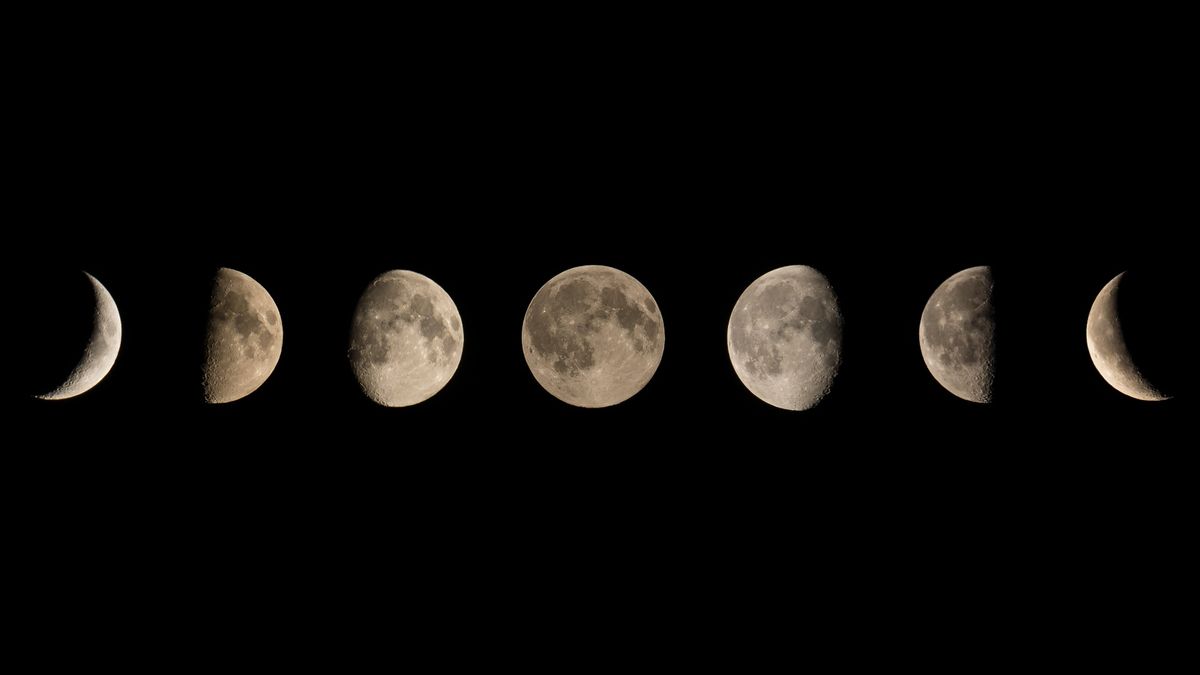Moons are natural satellites that orbit planets. They come in a wide variety of sizes and compositions, and they can have a significant impact on the planet they orbit.
Formation of Moons
There are several theories about how moons form. One theory suggests that moons form from the same material that formed their parent planet. Another theory suggests that moons can be captured by planets, either through gravitational interactions or by collisions.
Types of Moons
There are several different types of moons, including:
- Regular moons: These moons orbit their planet in the same direction that the planet rotates. They are thought to have formed at the same time as their planet.
- Irregular moons: These moons orbit their planet in a more chaotic way, often with highly elliptical orbits. They are thought to have been captured by the planet at a later time.
- Dwarf planets: These are celestial bodies that are large enough to be round but not massive enough to clear their orbit of debris. Pluto is a famous example of a dwarf planet.
Moons in Our Solar System
Our solar system has many moons, including:
- Earth’s Moon: The Moon is the only natural satellite of Earth. It is the largest moon in the solar system relative to the size of its planet.
- Jupiter’s moons: Jupiter has 80 known moons, including the four largest moons discovered by Galileo Galilei in 1610. These moons are known as the Galilean moons: Io, Europa, Ganymede, and Callisto.
- Saturn’s moons: Saturn has 83 known moons, including Titan, the largest moon in the solar system. Titan has a thick atmosphere and is thought to have lakes and rivers of liquid methane and ethane.
- Uranus’s moons: Uranus has 28 known moons, including Titania, Oberon, and Miranda.
- Neptune’s moons: Neptune has 16 known moons, including Triton, the largest moon of Neptune. Triton is a frozen world with a surface covered in ice and nitrogen.
The Importance of Moons
Moons can have a significant impact on the planet they orbit. For example, the Moon is thought to have played a role in the formation of Earth’s oceans. Moons can also affect a planet’s climate and rotation.
The study of moons is an important area of astronomy. By studying moons, we can learn more about the formation and evolution of planetary systems.
